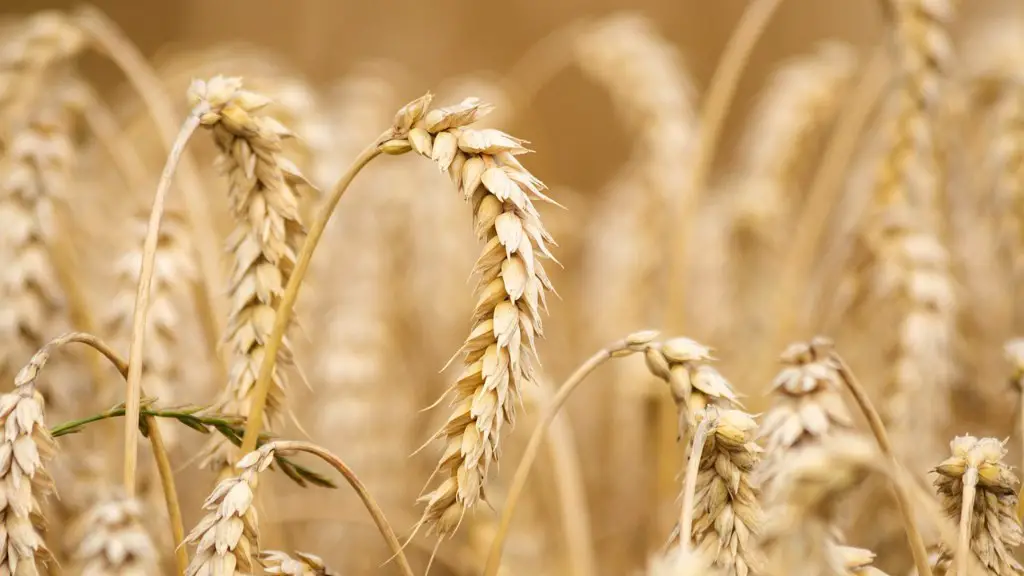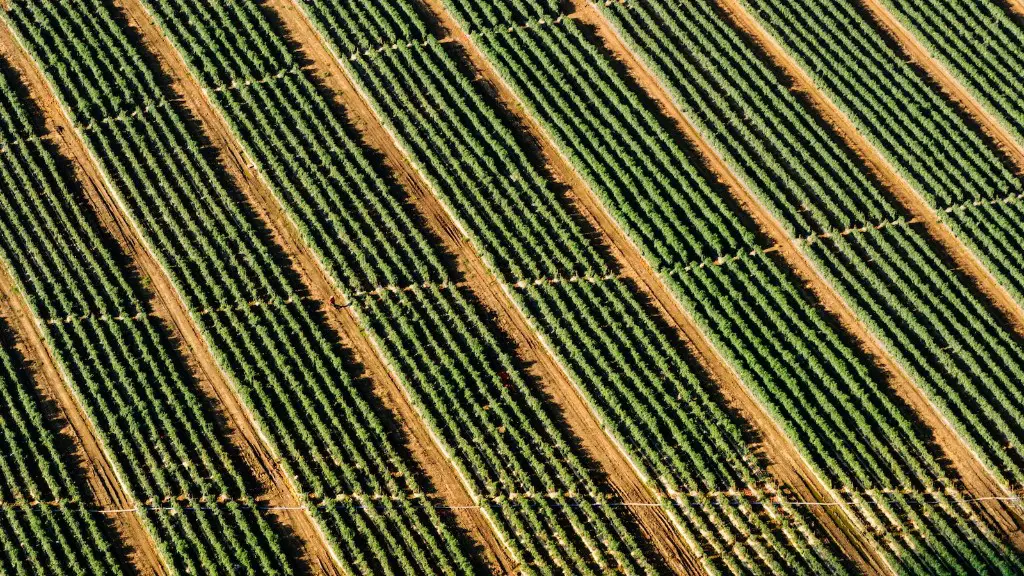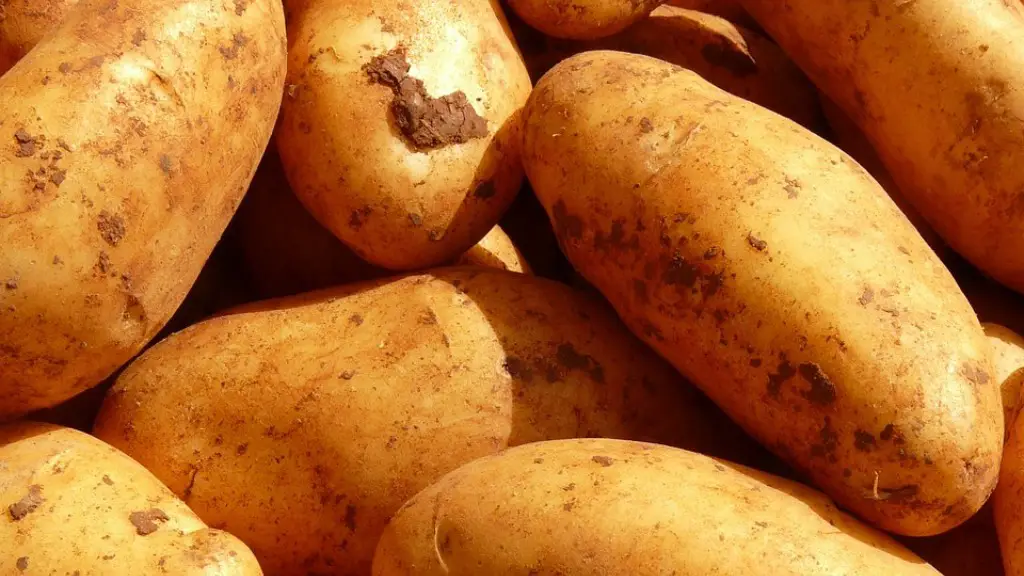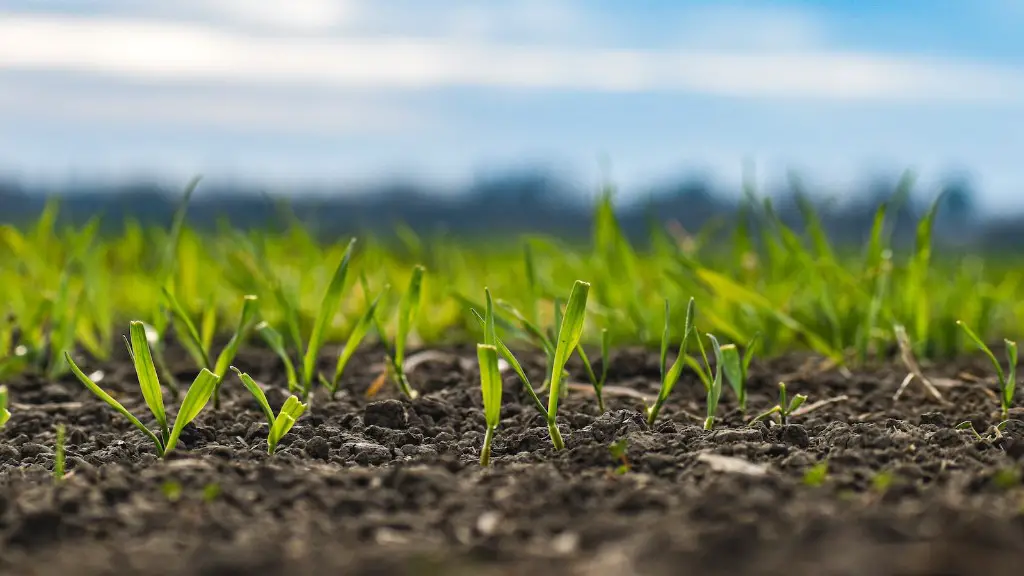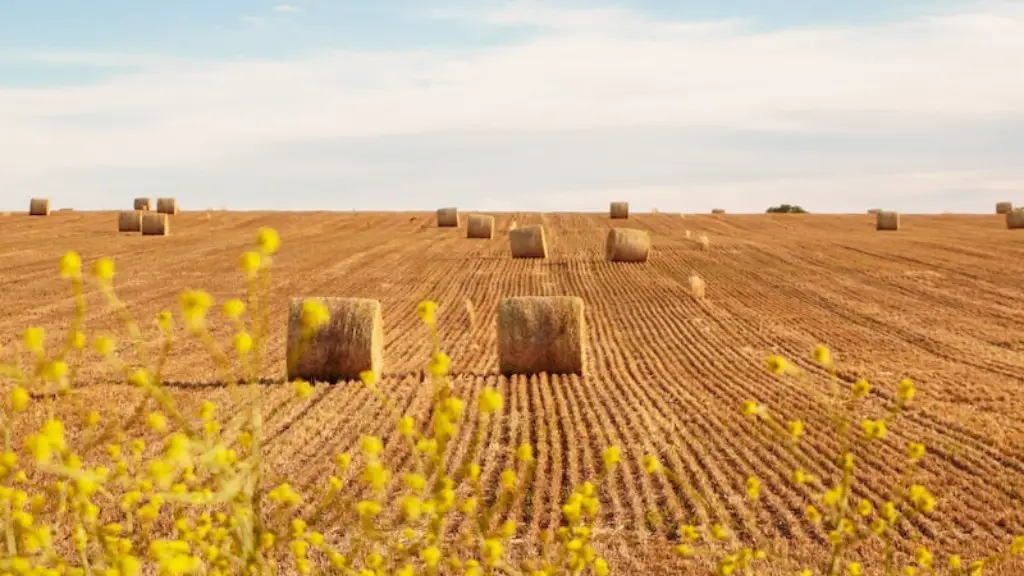There are many different types of agriculture, but alternative agriculture is a type of agriculture that is not as common. This type of agriculture usually focuses on sustainable practices, such as using less water or farming in a way that does not damage the environment. Alternative agriculture is becoming more popular as people become more conscious of the impact that traditional farming can have on the planet.
Alternative agriculture is an umbrella term for various agricultural production practices that differ from the traditional methods employed in intensive farming. These practices are often hailed as more environmentally sustainable, and they often make use of traditional wisdom and knowledge about local conditions.
What is alternative in agriculture?
Alternative agriculture is an important topic because it offers a sustainable way to produce food. Agroecology is a key concept in alternative agriculture because it focuses on using all resources in an ecosystem to create a balanced and sustainable system. This is important because it allows for production systems that do not rely on conventional methods, which can be harmful to the environment.
Sustainable agriculture practices are those that protect and improve the natural resources upon which agriculture depends—soil, water, and air—while also providing social and economic benefits for farmers, farm workers, and rural communities. Reducing food waste, minimizing air, water, and climate pollution, promoting biodiversity, and enhancing quality of life for farm families and communities are all key components of sustainable agriculture.
What are alternative crops
Some examples of alternative field crops include quinoa, amaranth, and buckwheat. These crops are often selected for their high sale value or specialized benefit to the farming system. For example, quinoa is known for its high protein content, while amaranth and buckwheat are often used as cover crops or green manure.
There is a growing movement to increase food production through alternative methods, which include local, non-industrial farms; organic farms; hydroponic and aquaponic farms; and urban farms. These methods have the potential to increase our food supply while reducing energy use. However, only about 3% of current total food production in the US is from alternative methods. There is a lot of potential for growth in this area, and it is important to support these methods of food production in order to create a more sustainable and efficient food system.
Why do farmers alternative crops?
The introduction of alternative specialty crops has many inherited advantages, including economic benefits to farmers through multiple facets: diversifying crop with value-added crops, improving resilience to climate variability, maintaining yields with less resources, and boosting crop resistance to pests and diseases. By introducing these crops, farmers can improve their overall profitability while also providing a valuable service to their communities.
An alternative product is a product that has been approved by regulatory authorities or is being developed for approval by regulatory authorities for marketing for a specific use or treatment.
What is the difference between agriculture and farming?
Agricultural science is a vast field that encompasses many different activities, from production to research and development. farming is the practical application of agricultural science, involving the cultivation of the soil for growing crops and the rearing of animals for food, wool, and other products.
Both agriculture and farming are essential for the continued existence of human civilization. Agriculture provides the food that we eat, while farming helps to ensure that there is a steady supply of food. Without these two critical components, the world would be a very different place.
There are many alternatives to using chemical fertilizers and pesticides on a farm. Some of these alternatives include using animal manure, green manure, reduced tillage, crop rotation, alternative crops, and diversification of the farm enterprise.
What are the three main goals of sustainable agriculture
There are a few common themes and principles that are woven through most definitions of sustainable agriculture. The three main goals of sustainable agriculture are environmental health, economic profitability, and social equity. A variety of philosophies, policies, and practices have contributed to these goals, but the most important thing is to continue working towards these goals in an integrated and holistic way.
Sustainable agricultural practices are designed to protect the environment, expand the Earth’s natural resource base, and maintain and improve soil fertility. By using a multi-pronged approach, sustainable agriculture seeks to increase profitable farm income while promoting environmental stewardship. This approach can help to preserve our natural resources for future generations.
Which agriculture is most profitable?
Dairy farming is a great way to make a profit from your land. Not only does it produce milk, but it also produces manure, which is a valuable commodity. There is a high demand for organic dairy products all year round, so this is a great business to get into.
Crop rotation is an important part of sustainable agriculture. By planting different crops in a sequence, farmers can improve soil health, optimize nutrients, and combat pest and weed pressure.
Crop rotation helps to improve soil health by adding organic matter and improving soil structure. It can also help to optimize nutrients in the soil by making them more available to plants. And by planting different crops, farmers can reduce the pressure from pests and weeds.
Crop rotation is a longstanding practice that is essential to sustainable agriculture. By using crop rotation, farmers can improve the health of their soils, optimize the nutrients available to plants, and reduce the pressure from pests and weeds.
Which is the latest and largest alternative farming method
Hydroponics is a soil-less method of growing plants that involves using a water solution that is rich in minerals. This method of farming doesn’t require any solid medium, and it is a great way to grow healthy plants.
Agroindustry generally relies on renewable energy sources and is effective in using energy efficiently. Solar irrigation, for example, utilizes the sun’s energy to water crops, and geothermal heating takes advantage of natural heat sources beneath the earth’s surface. In addition, agroindustry often employs crop rotation, which helps ensure that different crops are grown in sequential seasons on the same piece of land. This results in better soil health and higher yields overall.
What is alternative animal agriculture?
There are many different types of alternative livestock that can be raised on a farm or property. Some of the more common examples include antelope, elk, buffalo, alpacas, llamas, miniature horses, donkeys, zebra, camels, guardian dogs, ratites, game birds, ducks, wallabies, and more. Alternative livestock can provide a number of different benefits to those who choose to raise them. For example, they can offer a unique and interesting addition to a farm or property, and can provide a source of income from selling their products or from providing services such as guard or pack animals.
The United States government has a long history of paying farmers not to grow crops. This policy is a direct response to the problem of overproduction in the agricultural sector. Price support programs are designed to ensure that farmers can always sell their crops for enough to support themselves. However, these programs are expensive and often result in surplus crops that are difficult to store and distribute. Paying farmers not to grow crops is a more efficient way to stabilize the agricultural market and ensure that farmers can make a living.
Conclusion
Alternative agriculture generally refers to any type of farming system that does not follow the traditional methods of industrialized agriculture. This can include organic farming, sustainable agriculture, agroforestry, and urban agriculture.
Alternative agriculture is a term used to describe any type of farming that does not follow the conventional methods of farming. This includes organic farming, sustainable farming, and permaculture. Alternative agriculture is often seen as a more environmentally friendly way of farming, as it utilizes natural resources and minimize the use of synthetic fertilizers and pesticides.

